How to Train a Therapy Dog: A Step-by-Step Guide

* All Sniffspot articles are reviewed by certified trainers for quality, please see bottom of article for details *
If you’ve ever felt a little bit down and found that being around your dog helped you, you already understand the benefits of a therapy dog. Therapy dogs can provide relief from anxiety, help individuals cope while grieving, and offer comfort to people in hospitals, nursing homes, living facilities, and other situations. Therapy dog teams can deliver inspiration to people at some of their worst and most lonely moments.
Training your puppy or adult dog as a therapy dog is a fantastic way to give back to your community and help others. Not only is it a way to bond with your dog, but it can have incredible benefits for all involved.
However, it’s essential first to understand what therapy dogs are and how to train a therapy dog.
What Is a Therapy Dog?
Therapy dogs provide comfort for people going through physical and/or emotional difficulties. It is essential to distinguish that therapy dogs are not service dogs and are not emotional support animals.
Service dogs receive full public access per the Americans with Disabilities Act (ADA) and provide a specific service(s) for a person. This can be everything from guide dogs (for vision-impaired people) to diabetic alert dogs to seizure alert dogs. Emotional support animals do not require special training or certifications but do require a prescription from a qualified mental health professional.
Therapy dogs are allowed in places where all dogs are allowed, and specifically, allow therapy dogs. They do not have special rights like service dogs.
Additionally, therapy dogs are typically trained by their owners, and the two are part of a “therapy team.” Once trained and certified, the therapy team can visit elderly living facilities, people in hospitals, juvenile detention centers, medical facilities, and other organizations.
Why Train a Therapy Dog?
Canine therapy benefits for humans are significant and may include lowering blood pressure and heart rate, reducing anxiety, and increasing endorphins and oxytocin. You may not know that there have also been studies showing that therapy dogs benefit from their “work,” as endorphins and oxytocin are higher in therapy dogs than average household pets.
But not just any dog can be a therapy dog, and you can’t just take your dog to visit people in hospitals. Therapy dogs do need certification from, and registration in, a reputable national therapy dog organization.
What Makes a Good Therapy Dog?
Therapy dogs come in all sizes and breeds; temperament is what matters. A certified therapy dog is friendly, patient, confident, and comfortable in all situations. They must be able to be petted, cuddled, and handled by unfamiliar people.
Some of the essential skills and characteristics of your dog’s attitude include:
- Social ability: How well does your dog connect with all kinds of people? Are they confident or dependent on others? Is your dog sensitive to unfamiliar persons?
- Touch sensitivity: How sensitive is your dog to being touched? Is your dog comfortable receiving affection from people?
- Sound sensitivity: Is your dog sensitive to loud noises? What about in an unusual environment?
- Stability: Is your dog easily startled when confronted with a strange or unknown object? How does your dog react to abnormal situations and environments?
While it may be common to assume all therapy dogs are Golden Retrievers, it’s just as possible and likely to see therapy dogs that are pitbull breeds.
Smaller dogs can be great for sitting in laps, but larger dogs are tall enough to reach hospital beds. So, again, breed and size don’t matter at all.
How to Train a Therapy Dog
It’s certainly never too late to become a therapy dog, but it is best to start training as early as possible. Proper and early socialization is key to a calm, cool, and collected adult dog. Have your puppy spend time around people of all different genders, body types, ages, personalities, and people who dress differently (hats are a common problem), people with facial hair, and people with various voices.
General training, especially positive reinforcement training, is invaluable and necessary. While not mandatory, you’d be pretty lucky to have a dog that knows cues with no training. Therapy dogs in training should generally be:
- Able to “leave it.” This is important when visiting hospitals, nursing homes, schools, and so on, where there are plenty of items that don’t need to find their way into your dog’s mouth, including medications and hazardous waste.
- Focused and not easily distracted. A therapy dog should be able to walk by another dog, a person, or anything tempting without reacting or chasing it.
- Able to follow basic cues, including sit, down, stay, come, and so on.
- Well-mannered. Your dog should be able to refrain from unwanted behaviors such as jumping, barking, or mouthing. These are undesirable manners for therapy dogs, but they can also be quite dangerous for the exact people you’re trying to provide comfort to in certain situations.
Remember that having a successful therapy dog is a long game. It’s not as simple as deciding you want to teach them a trick, following a training schedule to teach said trick, and then in a couple of weeks, you’ve achieved your desired result.
Learning to train a therapy dog requires a lot of work from both the dog and the handler. Make sure to trust the process, be patient, and know the commitment to training can be very rewarding.
It may be worth it to consider working with a certified trainer to train your therapy dog using formal training. Working with a trainer allows the owner to have a clear path to success and to understand how the dog’s body language and behavior.
How to Get Your Therapy Dog Certified
There are no state or federal rules or standards for therapy dog training. Training requirements for certified therapy dogs will differ based on the registering organization.
While not always required, a good stepping stone is to take an obedience course called the Canine Good Citizen (CGC) program, followed by the CGC test. This test, recognized by the American Kennel Club (AKC), is comprised of ten skill assessments, including sitting politely for petting, coming when called, and accepting a friendly stranger. A passing grade on the CGC test earns the dog the CGC title.
Again this isn’t necessary, but if your dog can’t successfully complete these skills, they likely aren’t an excellent candidate or fit for therapy work. Additionally, completing the CGC test successfully may help get certain breeds of dogs approved in homes that typically have breed restrictions.
A basic outline of getting your therapy dog certified looks like this:
- Socialize, socialize, socialize. Don’t overdo it, but it is crucial to introduce your dogs to new people, places, objects, environments, and experiences. Proper puppy socialization is crucial early on as well.
- Complete a basic manners training program.
- Obtain the AKC Canine Good Citizen title for your dog.
- Enroll in and complete therapy dog classes.
- Complete the therapy dog evaluation and register with a national therapy dog organization.
Obtaining a therapy dog certification will depend on the therapy dog organization. In general, a therapy dog in training (and its owner) will:
- Need to be at least one year old
- Be up to date on vaccinations
- Participate in a test
- Be monitored by a tester during a specified number of visits to facilities
Trainers that reviewed this article
There is so much misinformation out there, we want to make sure we only provide the highest quality information to our community. We have all of our articles reviewed by qualified, positive-only trainers. The trainers that review our content are reviewed by other trainers to ensure that we have the best quality filters on our content.
This is the trainer that reviewed this article:
Hallie Wells
Owner-Lumos Dog Training, Atlanta, GA
Certified Professional Professional Dog Trainer (CPDT-KA)
Fear Free Certified Professional (FFCP)
Applied Animal Behavior Analysts (UW-AABA)
Most recent articles

Dock Diving Dogs: Everything You Need to Know
Have you heard the buzz about dock diving lately? Dock dogs calls it the fastest-growing sport on four legs. Dock diving, or dock jumping, is a high energy aquatic activity where dogs of all breeds, shapes, and sizes launch themselves off of a raised dock into a pool of water. (Sometimes they even retrieve a toy in the air before making a splash.)

How to Train Your Dog to Ignore Other Dogs (Expert Guide)
Is your dog overly enthusiastic, maybe even a little too friendly, when they see other dogs on walks? Or perhaps their reaction is fear or aggression, making outings stressful? Learning how to train your dog to ignore other dogs is key for peaceful walks. This guide offers simple, practical advice and training techniques to help your dog master polite detachment. We'll cover everything from understanding why your dog reacts to how to train your dog to ignore other dogs when walking, so you can both enjoy relaxed strolls together.

Dog Enrichment Activities: The Ultimate Guide
Ever feel like your dog is restless or bored? They may be getting enough exercise, but still need more. That's where enrichment activities for dogs come in. Giving your dog opportunities to sniff, explore, and problem-solve can make a world of difference. Whether you have a puppy, adult, or senior dog, enriching their environment is key for their well-being. Let's explore how to add cognitive enrichment for dogs, even tailoring activities to your dog's breed with breed specific enrichment and fun enrichment games for dogs.

Dog Agility Training for Beginners: A Complete Guide
* All Sniffspot articles are reviewed by certified trainers for quality, please see bottom of article for details *

Big Dog Run Philadelphia: Top Parks & Sniffspots
Finding a great big dog run Philadelphia can be tough. So many parks are crowded or just too small. This guide simplifies your search. We're covering the best dog parks in Philly, from public favorites to private Sniffspots. Plus, we'll explore other dog-friendly things to do in Philadelphia. Let's find the perfect spot for your pup to play!

Dog Skijoring for Beginners: Gear, Training & More
Adventure is out there, and our dogs make it so much better. Ever thought about exploring the snowy trails with your furry friend through dog skijoring? It's an amazing way to combine your love for skiing with quality time spent with your pup. This guide covers everything you need to know about skijoring with dogs—from the basics and gear to training tips for a safe and fun experience. Ready to hit the slopes with your skijoring dog? Let's go!
Related articles
Top dog guides per area
Dog training guides

Dog Food Aggression: Why You Shouldn't Punish It
Does your dog ever growl when you walk by their food dish? Maybe they get possessive of treats, carrying them far away and giving you side-eye when you start to approach — or snarling at your other pets or children if they get too close.

Scent Training for Dogs: A Beginner's Guide
As almost every dog owner is aware, the nose of a dog is an amazing thing. Just as they can pick up sounds we can’t hear, their sense of smell and ability to pick up scents is well beyond ours. In fact, dogs have 40 times the number of olfactory receptors as humans.

Service Dog Training Costs: DIY vs. Pro
More than 80 million Americans rely on their service dogs to help them navigate the world. Task-trained assistance animals perform a huge range of life-changing—in many cases, life-saving—services: These dogs act as eyes for visually impaired handlers, provide mobility support, alert to seizures and blood sugar crashes, interrupt anxiety attacks, remind their people to take medications, and so much more.

How to Deal With Puppy Potty Training Regression
You thought those dreaded middle-of-the-night potty breaks were over. You were finally free from cleaning up puppy puddles. Then, suddenly, your furry friend starts having accidents again. It's frustrating, right? This puppy potty training regression is more common than you think. Don't worry; we'll help you get your pup back on track. We'll cover the common causes, offer practical solutions, and give you actionable steps to tackle this challenge together.

Dirty Dog Syndrome: Causes, Solutions, and Prevention
It's a cringe-worthy moment every dog owner dreads: your furry friend chowing down on something truly disgusting. If your dog has a penchant for poop, you're dealing with coprophagia. It's more common than you think, and thankfully, often manageable. This article explores the reasons behind dirty dog syndrome, from instinct to learned behavior. We'll also give you practical tips to help break this unpleasant habit.
Dog enrichment guides

Top 10 Dog Water Parks in the US
Do you have a water-loving dog looking to burn some energy? There are countless dog parks to visit throughout our country — but some of them become far too hot in the midday sun to be safe for your pets to play. That’s why we’ve put together a list of some of the best dog water parks throughout the United States! At these locations, your pup can frolic, splash, and swim to their heart’s content.

Best Toys for Herding Dogs: Keeping Your Pup Happy & Engaged
Herding dogs are amazing, intelligent companions. But that also means they need more than just a simple game of fetch. Finding the right toys for herding dogs is key to keeping them happy and stimulated. This article explores some of the best toys for herding dogs, including options specifically for breeds like Border Collies and Australian Shepherds. We'll help you discover the perfect herding toys for dogs to tap into their natural instincts and keep them entertained for hours.

Ultimate Guide: Dog Toys for Aggressive Chewers
Does your dog destroy every toy you give them? Is your house littered with remnants of fabric and stuffing of all different sizes? Are you tired of investing in “indestructible” toys only for your pup to still dismantle—or worse, get bored of—them in just a few days?

Daily Exercise Calculator: How Much Exercise Does Your Dog Need?
Everyone knows dogs need exercise, but how much is enough? Walks are great, but creating a truly balanced fitness plan means understanding your dog's specific needs. This post helps you develop a daily exercise calculator for your dog, considering breed, age, and lifestyle. We'll cover fun activities, understanding exercise intensity, and recognizing when your pup has had enough. Let's create a plan that keeps your dog happy and healthy!

Complete Guide To Herding With Dogs
* All Sniffspot articles are reviewed by certified trainers for quality, please see bottom of article for details *
Dog reactivity guides

Rottweiler Aggression: Truth vs. Myth
Many dogs have gotten a bad reputation over the years for being "dangerous breeds." Rottweilers are among them. Like pit bulls and other large, blocky-headed types of dogs, these powerful and beautiful animals are often assumed to be aggressive.

What Is a Reactive Dog? A Practical Guide for Owners
Does your dog suddenly transform into a barking, lunging Tasmanian devil on walks? It's stressful for both of you. If this sounds familiar, you might have a reactive dog. Understanding what is a reactive dog is the first step to calmer walks. We'll explore the common triggers and give you actionable strategies to manage and modify this behavior. Let's turn those stressful walks into enjoyable outings.

How to Socialize a Reactive Dog: A Step-by-Step Guide
Does your dog display reactivity to other pets or people? Maybe they’re a new rescue pup and are still settling into your home. Or they were sick growing up, so you missed their critical socialization period. Possibly they’ve had a bad experience after being raised as a normal puppy.

What Is a Reactive Dog? A Complete Guide
Is your dog overly excited or fearful around other dogs? Do they bark, lunge, or whine? You might have a reactive dog. Many dog owners face this challenge. Understanding what a reactive dog is is the first step to helping them. This guide explores the common causes of dog reactivity, explains what makes a dog reactive, and offers practical tips and resources. Let's work together to build a stronger bond with your dog and enjoy stress-free walks.

Best Online Dog Training for Reactive Dogs: A Practical Guide
Does your dog's reactivity make walks stressful? You're not alone. Many dog owners face similar challenges. This guide offers practical advice and support for managing reactivity, including finding the best online dog training for reactive dogs. We'll connect you with reactive dog support groups, share training tips, and explore resources like the best dog training app for reactive dogs. Let's build a stronger bond with your dog, together.
* All Sniffspot articles are reviewed by certified trainers for quality, please see bottom of article for details *
Sniffspot community guides

The State of Public Dog Parks Across the United States
From 2009 to 2020, there was a 40 percent increase in the development of public dog parks. Designated spots for canine exercise have become commonplace in every major city in North America — many pet owners won’t even consider renting an apartment that doesn’t have its own fenced-in pet area for their canine companions.

How This Family is Affording Their Dream Property Through Renting it Hourly to Dogs
Thousand Oaks, California has been a safe haven for Sniffspot host, Jen, since childhood. Having grown up in busy Santa Barbara, Jen, an introvert from an early age, would seek out solitude and serenity away from tourists attractions and droves of people visiting from elsewhere. “My grandparents own 60 acres about a 30 minute drive from here, and I grew up spending every summer and every holiday visiting them on the ranch,” Jen explained. “In Santa Barbara, we wouldn't go to the beach on the weekend because that's where everybody was, so you'd find places off the beaten path where the tourists weren't. For me, the ranch was just my happy place.”

Host Tips: Ellen K. What Makes Sniffspot Successful for Me
Ellen is the host of Country Pasture Getaway, one of Sniffspot's most popular sniff spots. She has taken the time to write up the lessons she has learned about how to be a great sniff spot host.

How this Oregon Farmer is Making a Business From Renting Her Land to Dogs
Just 20 minutes outside of the busy city of Portland, Oregon, and settled right on the banks of the Columbia River, you’ll find what countless visitors have flocked to the area in search of – mountain views, crisp, clean air, and running water for miles. What you might not expect to find, however, is a hidden oasis designed just for dogs and their people, owned and operated by a farming couple and enjoyed by visitors on two legs, and four.

Host Tips: Fran T. Providing Great Guest Service at our Spot
Fran is the host of Ranch Setting, one of Sniffspot's most popular spots. She has taken the time to write up the lessons she has learned about how to be a great Sniffspot host.
Top dog trainers in the US

The Best Dog Trainers in the United States of 2025
This is a list of the top dog trainers in the United States, based on votes from the Sniffspot community and the general public.
The Best Dog Trainers in Seattle, WA of 2025
This is a list of the top dog trainers in Seattle, WA, based on votes from the Sniffspot community and the general public.
The Best Dog Trainers in Portland, OR of 2025
This is a list of the top dog trainers in Portland, OR, based on votes from the Sniffspot community and the general public.
The Best Dog Trainers in Los Angeles, CA of 2025
This is a list of the top dog trainers in Los Angeles, CA, based on votes from the Sniffspot community and the general public.
The Best Dog Trainers in New York, NY of 2025
This is a list of the top dog trainers in New York, NY, based on votes from the Sniffspot community and the general public.
City dog parks guides

Top 10 Indoor Dog Parks: A US Guide
Looking for a space to play with your dog no matter what the weather’s like outside? Look no further than our list of the best indoor dog parks in the United States! These climate-controlled spaces are growing in popularity as pet ownership increases throughout the country. As a bonus, many of them also offer dog training, boarding, grooming, or daycare services on the premises.

15 Best Dog Parks in the US: Public & Private
Searching for the best off-leash dog parks near you in the United States? Whether you're looking for public dog parks with open spaces or private, fully-fenced areas, this comprehensive guide has you covered. Discover top-rated parks across the country, plus essential tips on what to bring and what to expect for your next adventure.

Dog Parks Near Me: Las Vegas Edition
Looking for the perfect dog park near me in Las Vegas? You're in luck! This guide explores all the best options for your pup, from public dog parks to private dog parks near me on Sniffspot. We'll help you find the ideal spot for playtime, socializing, and fresh air. Plus, we'll cover essential etiquette and safety tips to ensure a happy visit for everyone. Get ready for some tail-wagging fun!

Best Sniffspot Locations: Private Dog Parks Near You
Looking for the perfect dog park? Whether you need a wide-open public space or a private, fenced-in spot, this guide will help you find the best dog parks across the US. We'll cover top-rated public parks, the perks of private dog parks, and even explore Sniffspot locations – giving your pup a safe and fun place to play. Ready to find your dog's new favorite spot? Let's go!

Sniffspot: Portland's Best Private Dog Parks
Ready to discover Portland's best dog parks? Whether you're looking for a public park or the unique experience of a private Sniffspot, this guide has you covered. We'll help you find the perfect spot for your pup, with tips on what to bring, how to prepare, and even understanding dog body language. Plus, we'll explore some top Portland dog parks, including public and Sniffspot options, so you can plan your next dog-friendly adventure in the City of Roses.
Dogs breeds

German Shepherd Dog: Breed Facts, Experience and Tips from 9K+ Owners
Discover the German Shepherd Dog, a breed celebrated for its intelligence, loyalty, and versatility. Known for its impressive size and smooth, graceful movements, German Shepherds excel in various roles, including as guide, therapy, bomb detection, and police dogs, while being a devoted family companion.

Labrador Retriever: Breed Facts, Experience and Tips from 9K+ Owners
Discover the Labrador Retriever, a breed celebrated for its playful nature, affectionate temperament, and trainability. Labradors are known for their friendly demeanor and adaptability, making them perfect family companions and versatile working dogs. As one of the most popular types of retrievers, Labs are ideal companions for various lifestyles and are recognized by the American Kennel Club (AKC) as an excellent breed for families.

Golden Retriever: Breed Facts, Experience and Tips from 9K+ Owners
Discover the Golden Retriever, a popular breed celebrated for its affectionate, playful, and trainable nature. Considered a large dog, Golden Retrievers were originally bred in Scotland for hunting and retrieving game beginning in the 1860s. Today, they're recognized by the Kennel Club and the American Kennel Club (AKC) as one of the most beloved companion dog breeds.

American Staffordshire Terrier: Your Complete Guide
Think American Staffordshire Terriers are tough? Think again. While their muscular build might intimidate some, these dogs are known for their playful and loyal personalities. This guide draws on the experience of nearly 10,000 AmStaff owners to reveal the truth about this often misunderstood breed. Want to learn more about caring for an American Staffordshire Terrier? You're in the right place.

Australian Shepherd Facts: Breed Info & Care Guide
Discover the Australian Shepherd, an AKC breed celebrated for its trainable, playful, and affectionate nature. Despite its name, the Australian Shepherd is actually a native breed to the United States, originally developed to breed on farms and ranches. Considered a medium dog, Australian Shepherds were bred for herding beginning in the 1950s. As one of the high-energy breeds, Aussies are known for their boundless energy and need for regular exercise, including aerobic exercise.
Top dog names in the US
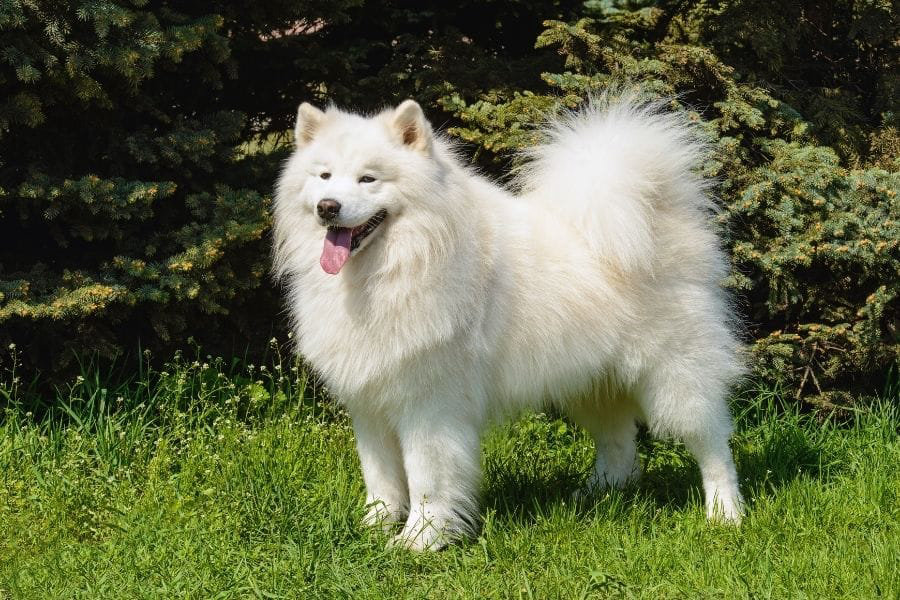
Top 1,000 Most Popular Dog Names
Looking for the perfect dog name for your new pup? We have created filterable lists of dog names from our database of hundreds of thousands of Sniffspot users. You can filter by gender, breed and state to find the most cute, unique and creative dog names.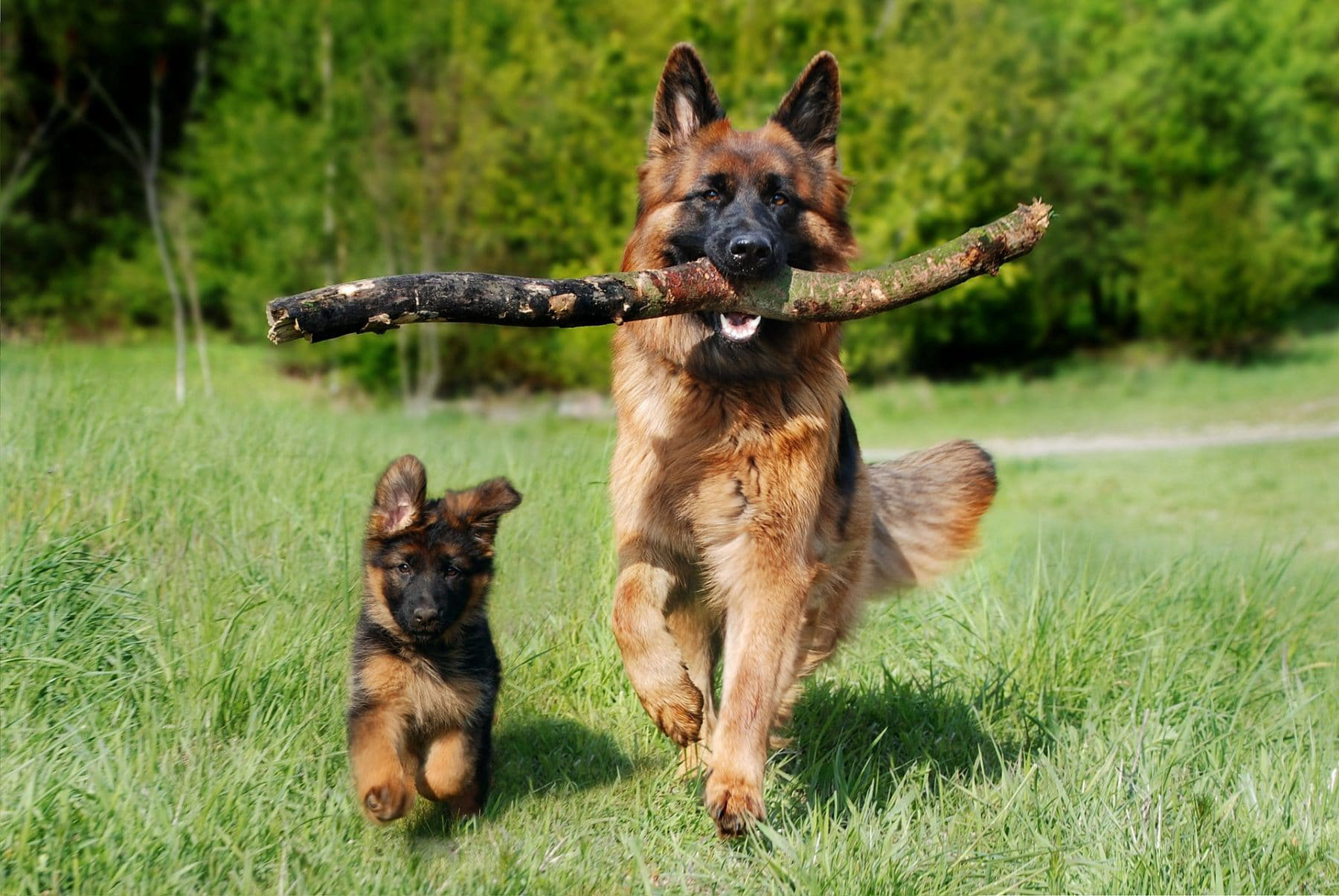
Most Popular Male Dog Names
Looking for the perfect dog name for your new male pup? We have created filterable lists of male dog names from our database of hundreds of thousands of Sniffspot users. You can filter by gender, breed and state to find the most cute, unique and creative male dog names.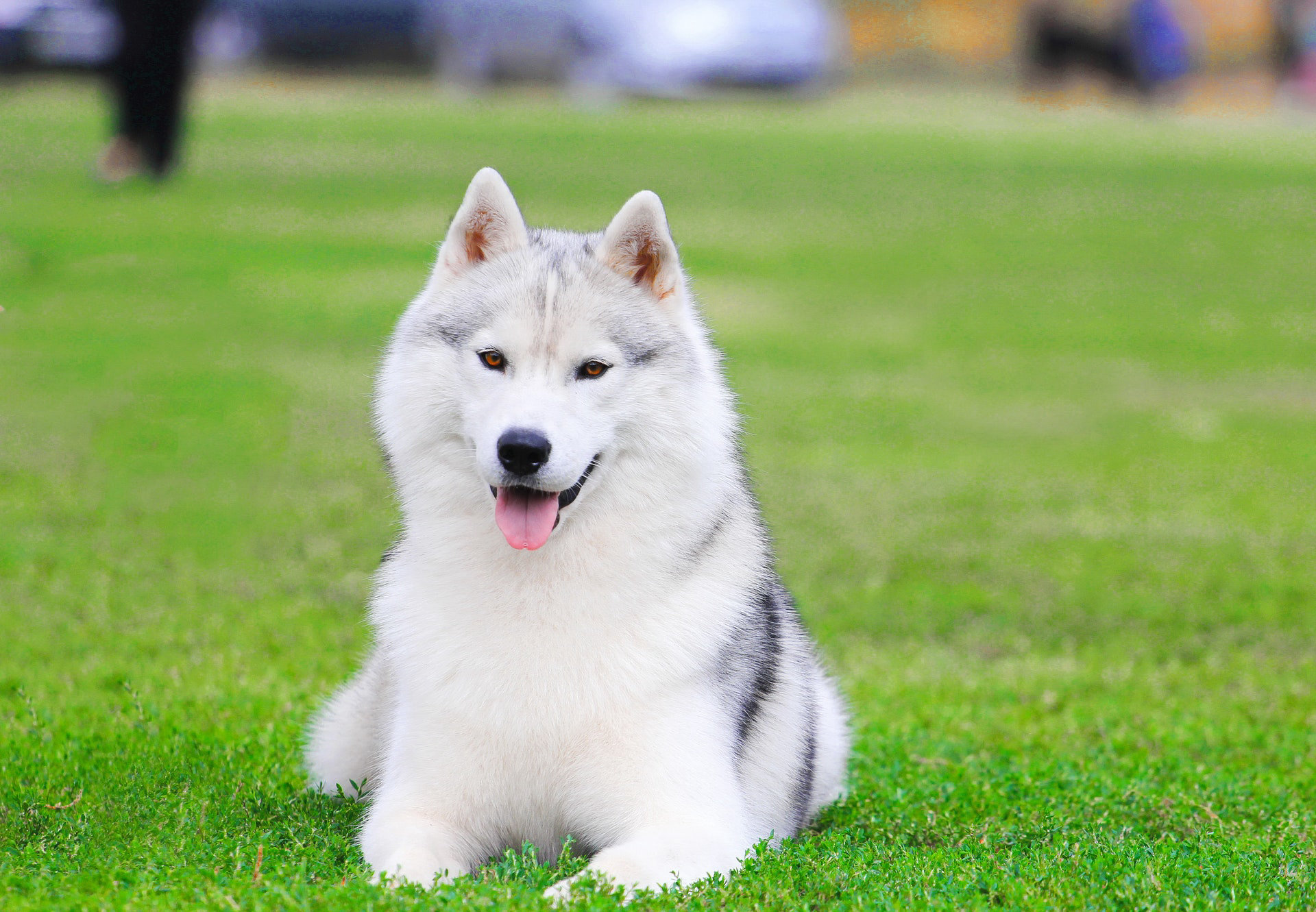
Most Popular Female Dog Names
Looking for the perfect dog name for your new female pup? We have created filterable lists of female dog names from our database of hundreds of thousands of Sniffspot users. You can filter by gender, breed and state to find the most cute, unique and creative female dog names.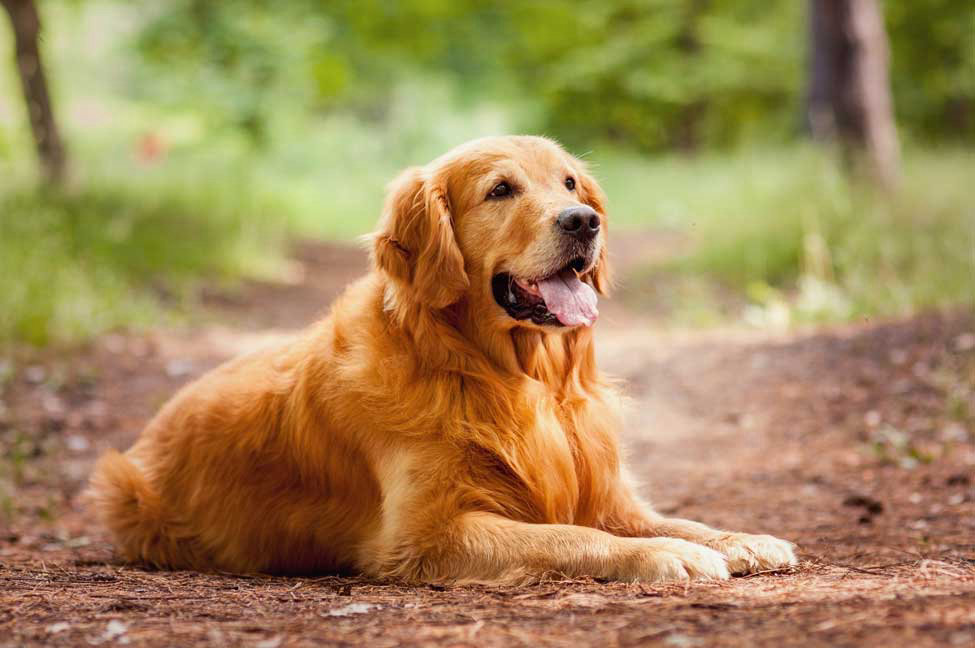
Most Popular Golden Retriever Names
Welcome to our comprehensive list of Golden Retriever dog names, curated from our vast database of Sniffspot users. Filter through hundreds of thousands of options by gender, breed, and state to discover the most adorable, original, and imaginative names for your beloved Golden Retriever.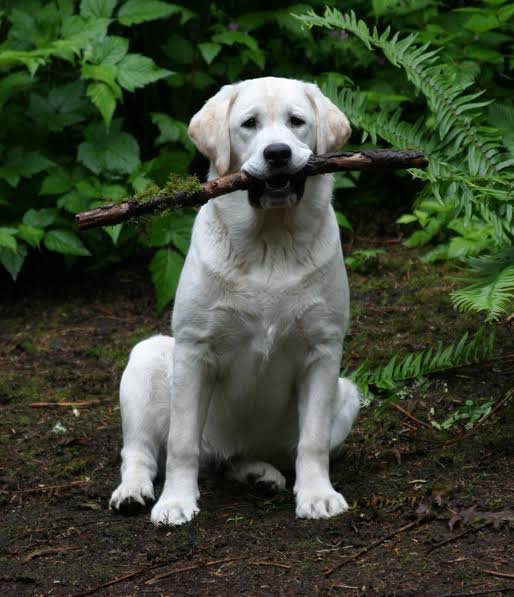
Most Popular Labrador Retriever Names
Welcome to our Labrador Retriever dog names page! Here you can browse through filterable lists of names for your beloved furry friend, ranging from cute and classic to unique and creative options. Our database of hundreds of thousands of Sniffspot users ensures you'll find the perfect name for your Labrador Retriever, whether you're seeking a name for a male or female, based on breed or state.
Top dog rescues in the US

The Best Washington Dog Rescues & Shelters in 2025
This list showcases the top dog rescues & shelters in Washington. These remarkable organizations have been recognized for their unwavering dedication to the well-being of countless dogs.
The Best Oregon Dog Rescues & Shelters in 2025
This list showcases the top dog rescues & shelters in Oregon. These remarkable organizations have been recognized for their unwavering dedication to the well-being of countless dogs.
The Best California Dog Rescues & Shelters in 2025
This list showcases the top dog rescues & shelters in California. These remarkable organizations have been recognized for their unwavering dedication to the well-being of countless dogs.
The Best Florida Dog Rescues & Shelters in 2025
This list showcases the top dog rescues & shelters in Florida. These remarkable organizations have been recognized for their unwavering dedication to the well-being of countless dogs.
The Best New York Dog Rescues & Shelters in 2025
This list showcases the top dog rescues & shelters in New York. These remarkable organizations have been recognized for their unwavering dedication to the well-being of countless dogs.























